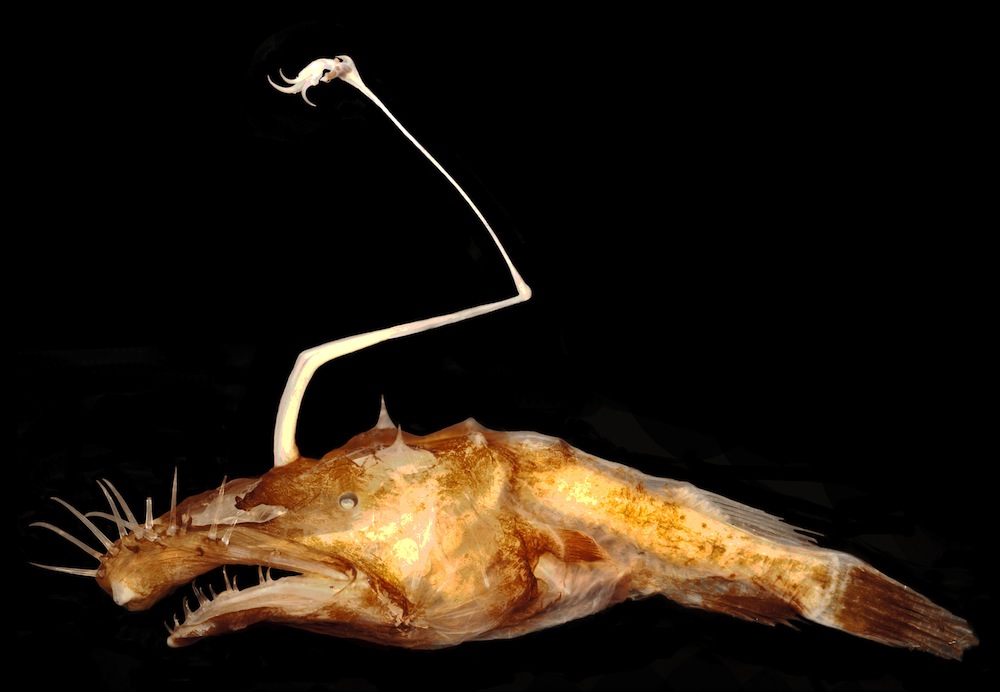Ugliest to Most Rock 'n' Roll: Top Newfound Species Named

From an insect with a raunchy name to one of the ugliest species in the world, there were approximately 18,000 newfound species named last year.
With such a large number of species discovered each year, the SUNY College of Environmental Science and Forestry (ESF) has put together a list of the "Top 10 New Species," celebrating species named in the previous year, since 2008. This year's list honors 10 species representative of global biodiversity.
In the absence of a global species registry, the annual list is a reflection the Earth’s diverse species population, said Quentin Wheeler, ESF president and founder of the school's International Institute for Species Exploration (IISE). [See the Top 10 New Species from Last Year]
"We want to bring attention to the biodiversity crisis," Wheeler told Live Science. "We want to bring attention to how little we know about species on our own planet. And we want to bring attention to the fact that this science is going on and every day new species are being discovered."
Given the thousands of species discovered each year — and an estimated 10 million species yet to be discovered, five times the number already known — Wheeler said the top-10 list includes species that "stand out in some way." This could include the largest or smallest of a species, the last known living, or first discovered — or, in the case of this year's list, the ugliest.
A new species of anglerfish, Lasiognathus dinema, was discovered in the Gulf of Mexico during a damage assessment after the 2010 Deepwater Horizon oil spill. With an unusual headpiece that looks, ironically, like a fishing pole, this anglerfish could make an ugliest species list.
"The bizarre anglerfish that's on the list this year, that's like driving by a car wreck. The thing is so ugly you cant help but stop and look at it," Wheeler said.
Get the world’s most fascinating discoveries delivered straight to your inbox.
Then there are species that make the list for their names, like the damselfly this year, whose genus name Umma lent itself to a rock-and-roll reference. The Umma gumma, one of 60 new damselfly species reported this year, gets its name from the 1969 Pink Floyd double album "Ummagumma" (which has yet another meaning — it's British slang for sex).
Asked each year for his favorite, Wheeler said it's like asking to name a favorite child. But he said he couldn't help but be drawn to one from this year's list for its historic connection.
"This year, I was just astounded at the discovery that the giant tortoises on one of the Galapagos Islands actually represent two discrete species that apparently have been isolated for a long time," Wheeler said. "The giant tortoises are just so iconic for Darwin and for the discovery of evolutionary theory and so forth. To me, they're just pretty spectacular."
Follow Kacey Deamer @KaceyDeamer. Follow Live Science @livescience, on Facebook & Google+. Original article on Live Science.



